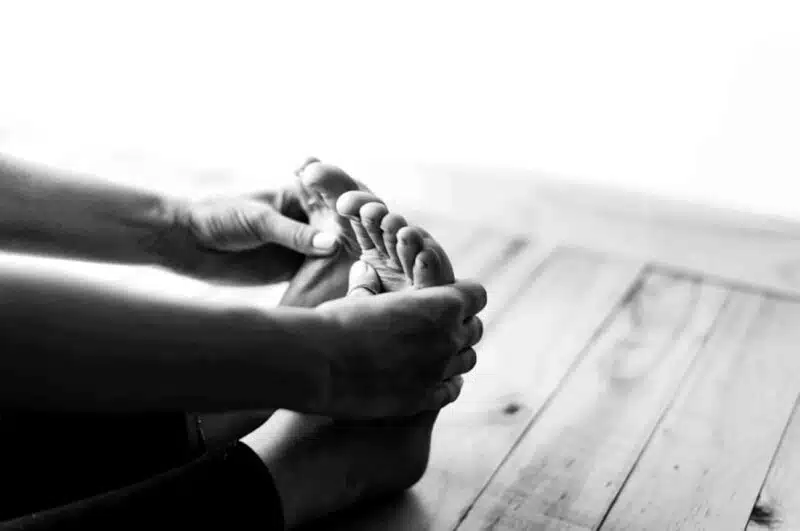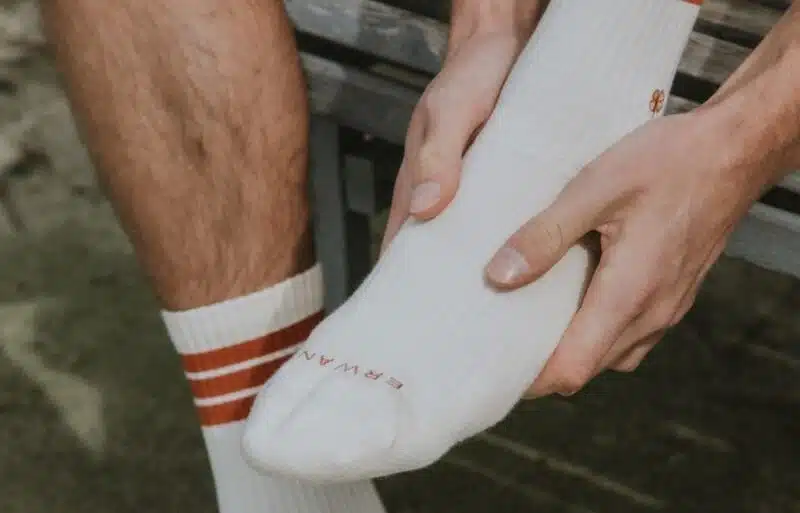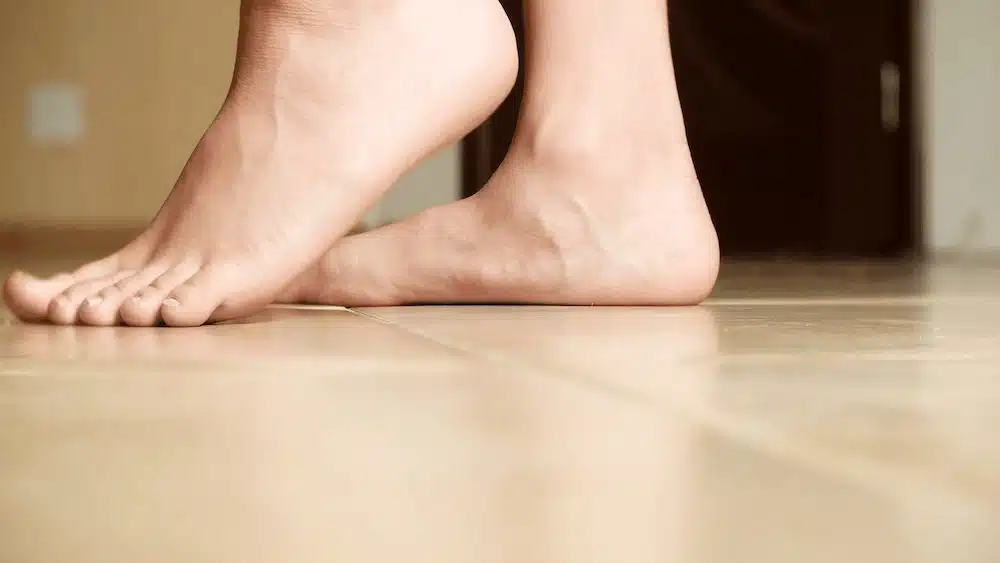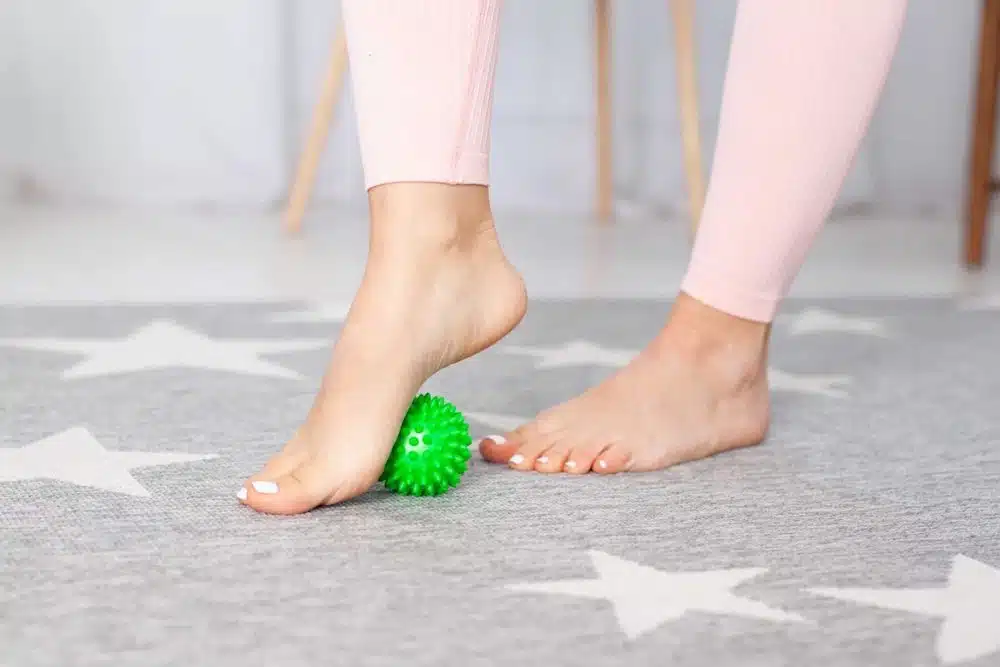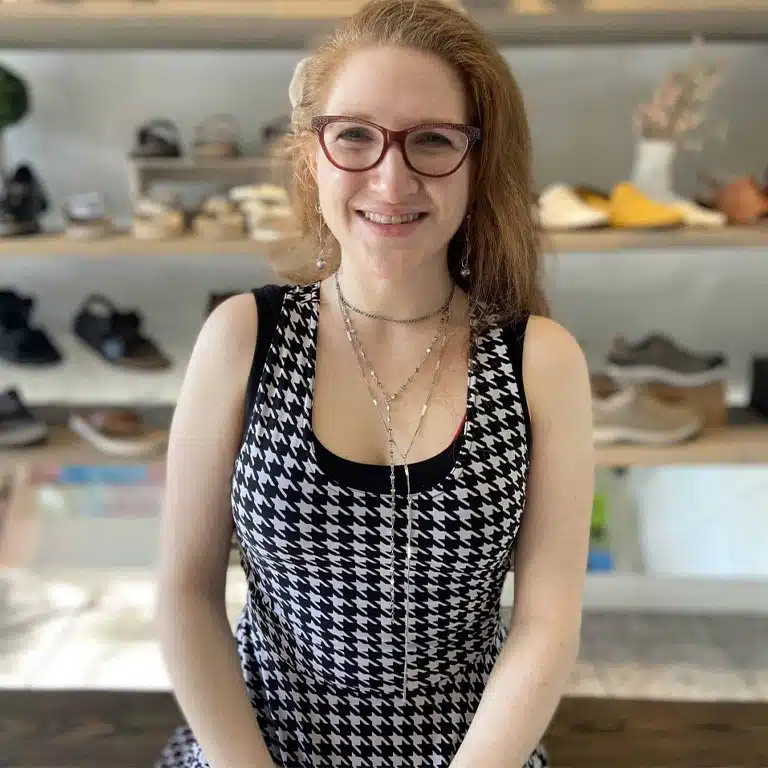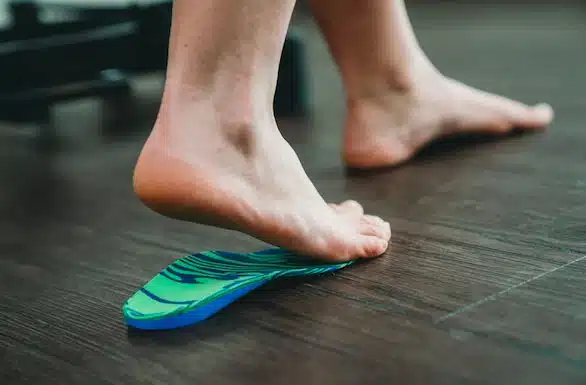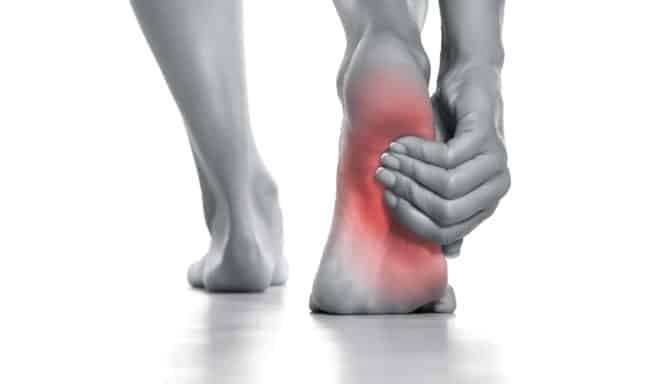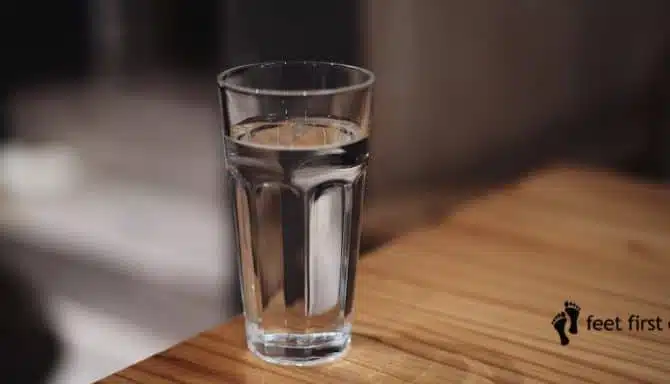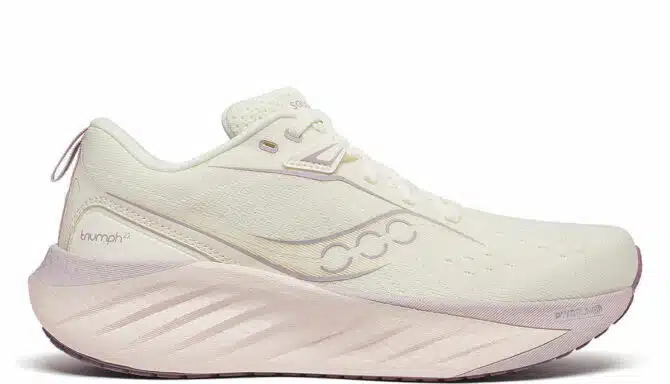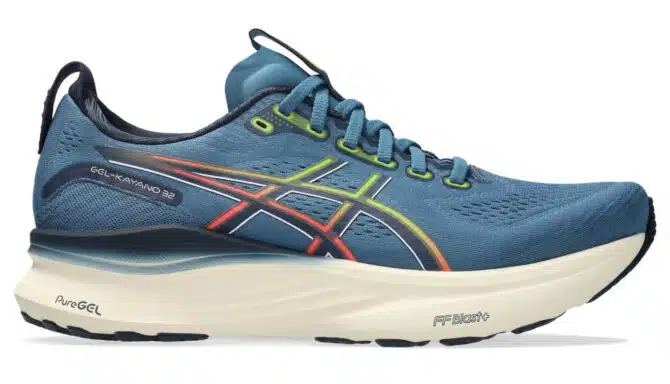Do you experience heel pain when you walk or stand? Is the pain exceptionally sharp in the mornings or evenings? You might have a foot injury called plantar fasciitis.
Plantar fasciitis is a common condition that causes pain and inflammation in the heel and bottom of the foot. It occurs when the plantar fascia, a thick band of tissue that runs from the heel to the toes, becomes strained or injured. This can cause tiny tears in the fascia, leading to pain, swelling, and stiffness.
In this blog post, we explore what is plantar fasciitis, its common symptoms, and treatment options.
What is plantar fasciitis?
Plantar fasciitis is pain or soreness in the heel and sole. It occurs when the band of tissue between your heel and toes on the underside of the foot – called the plantar fascia – becomes inflamed or irritated.
The plantar fascia absorbs shock and supports the arch of the foot. Small tears can occur in the tissue when it is repeatedly strained, leading to inflammation and pain. This condition is common in athletes, runners, and people who stand for long periods.
Most common symptoms of plantar fasciitis
Plantar fasciitis symptoms includes:
- Sharp or stabbing pain in the heel or arch of the foot, especially in the morning or after periods of rest.
- Pain that worsens with weight-bearing activity or standing for long periods.
- Stiffness or aching in the bottom of the foot.
- Swelling or redness in the heel or arch.
The most common symptom of plantar fasciitis is a pain in the heel or arch of the foot. You may experience pain in the surrounding areas due to plantar fasciitis, but discomfort is typically in the underside of the midfoot.
Pain can be more intense during certain times of the day. You may experience plantar pain, even a sharp stabbing sensation, in the morning and evening.
Next, let’s tackle effective treatment methods for plantar fasciitis to help you recover from this foot condition as soon as possible.
Plantar fasciitis treatment methods
Plantar fasciitis treatment depends on the severity and longevity of the pain. Try the following treatment methods to see what works best for you.
RICE: Rest, Icing, Compression, and Elevation
The “RICE” method is a commonly recommended treatment for minor injuries, including sprains, strains, and bruises. RICE stands for:
- Rest: Reduce and avoid activities that exacerbate the pain, and rest the foot as much as possible. Resting may include taking a few days off exercise or wearing more supportive shoes around the house to strengthen your feet.
- Ice: Use cold therapy by applying an ice pack or dipping your feet in an ice bath or tub for 15-20 minutes to reduce inflammation and pain.
- Compression: Compression sleeves can help reduce swelling and improve blood flow to the feet and legs. You can also choose to wear a splint at night to stretch the plantar fascia and Achilles tendon while sleeping.
- Elevation: Lifting your feet above your heart by elevating your legs and feet can reduce swelling.
The RICE method works best in the first 48 to 72 hours after injury or aggravation, but can be effective throughout the treatment stage. Afterward, you may gradually move the affected area and do gentle exercises to help you recover.
Shockwave therapy
Shockwave therapy is a non-invasive medical treatment that leverages sound waves to kickstart healing. A handheld device delivers the waves on the underside of the foot.
The high-energy sound waves stimulate the growth of blood vessels and encourage better blood flow to the affected area. Greater blood flow can help reduce pain and inflammation and promote tissue regeneration.
Shockwave therapy requires a series of sessions. Each session last 10-15 minutes, and the number of sessions varies based on the severity of the injury.
Did you know Feet First Clinic offers shockwave therapy for plantar fasciitis? Book an appointment online or call us at (416) 769-3338.
Stretching exercises
Stretching exercises can help relieve the symptoms of plantar fasciitis. Specifically, stretching the plantar fascia and the Achilles tendon can effectively treat heel and arch pain.
Here are some stretching exercises that may help with plantar fasciitis:
- Calf stretch. Stand facing a wall with your hands on the wall at shoulder height. Step back with one foot and keep it straight, with the heel on the floor. Lean forward with the other foot, keeping both heels on the floor until you feel a stretch in your calf.
- Plantar fascia stretch. Sit in a chair with one foot on your opposite knee. Grab the base of your toes with one hand and your heel with the other. Gently pull your toes back toward your shin until you feel a stretch in the arch of your foot.
- Towel stretch. Sit on the floor with your legs straight out in front of you. Place a towel around the ball of your foot and hold both ends of the towel with your hands. Pull the towel toward your body until you feel a stretch in your calf and the bottom of your foot.
Generally, we recommend holding stretches for 20-30 seconds and switching sides. You should feel a light stretch and shouldn’t strain the movement, or you risk overextending your muscles.
Orthotics
Custom orthotics are shoe inserts that fit your feet and address biomechanical issues that may contribute to plantar fasciitis. Custom orthotics can help curb plantar fasciitis by doing the following:
- Reduce pressure on the plantar fascia by redistributing pressure away from the plantar fascia, which can help reduce pain and inflammation.
- Correct foot mechanics, including flat feet or collapsed arches.
- Provide cushioning and support.
- Improve overall foot function by addressing underlying biomechanical issues and providing support and cushioning to the foot.
It’s important to note that custom orthotics are not a one-size-fits-all solution and may not be appropriate for everyone with plantar fasciitis. Consult a chiropodist to determine if custom orthotics are right for you.
Taping
Taping isn’t just for athletes. Elastic therapeutic taping techniques can limit unwanted movements that increase strain on the plantar fascia. Taping can act as a lock on your feet to reduce overextending any aggravated muscles in your feet. Research finds that “in the short-term, taping is beneficial in treating plantar fasciitis. The best evidence exists for low-dye taping and calcaneal taping.”
The tape provides stability and structure to the muscle group. Our chiropodists at Feet First Clinic can tape your feet and toes to help treat plantar fasciitis.
Self-massage
Self-massage can be a helpful way to relieve some of the pain and discomfort associated with plantar fasciitis. Here are some techniques you can try at home:
- Ball roll. Sit on a chair and place a tennis or massage ball under your foot. Roll your foot back and forth over the ball, applying pressure to the arch of your foot.
- Thumb press. Sit on a chair and cross one leg over the other. Place your thumb on the arch of your foot and press firmly, moving your thumb in a circular motion. You can also use your other fingers to help support your foot and apply additional pressure.
- Toe stretch. Sit on a chair and cross one leg over the other. Grab your toes with one hand and gently pull them back toward your shin until you feel a stretch in the arch of your foot. Hold for a few seconds and release.
- Heel squeeze. Sit on a chair and place a small hand towel on the floor before you. Place your heel on the towel and squeeze your heel toward your toes, scrunching the towel.
A chiropodist can recommend additional exercises for you or demonstrate how to do these self-massage techniques to do them properly on your own.

